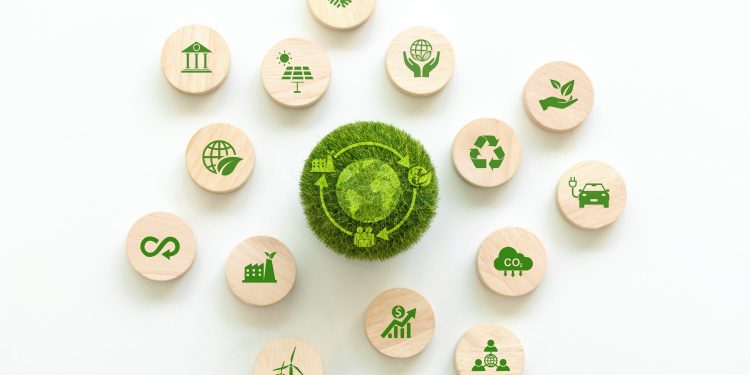Saudi Arabia’s Circular Carbon Economy Framework: A Global Model for Emissions Reduction
Saudi Arabia’s Circular Carbon Economy (CCE) Framework, introduced during its G20 presidency, is setting a global standard for reducing emissions, investing in renewable energy, and enhancing carbon capture. Endorsed by G20 leaders in 2020, the framework promotes a sustainable approach to climate change while ensuring clean energy access.
The Kingdom launched its CCE National Program in 2021, focusing on reducing, recycling, reusing, and removing carbon dioxide. This initiative is integrated into national policies, notably through the Saudi Green Initiative, aiming for net-zero emissions by 2060.
Jorge Gascon, a chemical engineering professor at KAUST, highlights Saudi Arabia’s pivotal decisions in policy integration, renewable energy investment, and carbon capture. The program also seeks to manage and restore 1 billion hectares of degraded land by 2040.
Saudi Arabia’s energy mix is shifting towards sustainability, targeting 50% renewable energy. The Kingdom has launched over 30 CCE initiatives, and Crown Prince Mohammed bin Salman has announced plans to achieve net-zero carbon emissions by 2060.
The CCE strategy is developed in collaboration with institutions like KAUST, Aramco, and KAPSARC. It aligns with Saudi Arabia’s earlier sustainability efforts, such as the Future Investment Initiative and the G20 Leaders’ Summit in Riyadh.
Majed Al-Qatari, a sustainability leader, notes the impact of initiatives like the Saudi Green Initiative and NEOM, which embed zero-carbon infrastructure and smart energy systems. He anticipates further advancements in hydrogen projects and regional carbon management cooperation.
Al-Qatari emphasizes the CCE framework’s four pillars: reduce, reuse, recycle, and remove. These are applied through energy efficiency standards, CO2 utilization, circular water reuse, and carbon capture projects.
The framework provides a practical transition pathway for hydrocarbon-reliant economies, aligning climate goals with economic mandates. Other regions are considering adapting Saudi Arabia’s model to their contexts.
Looking ahead, Saudi Arabia’s net-zero emissions target by 2060 will be supported by innovation, renewables, hydrogen, and circular practices. Expanding these practices into other sectors and strengthening regulatory frameworks are future goals.
KAUST plays a crucial role in advancing CCE through research in CO2 capture, synthetic fuels, and renewable energy integration. These efforts align with Saudi Arabia’s Vision 2030, focusing on reducing pollution and optimizing resource utilization.


